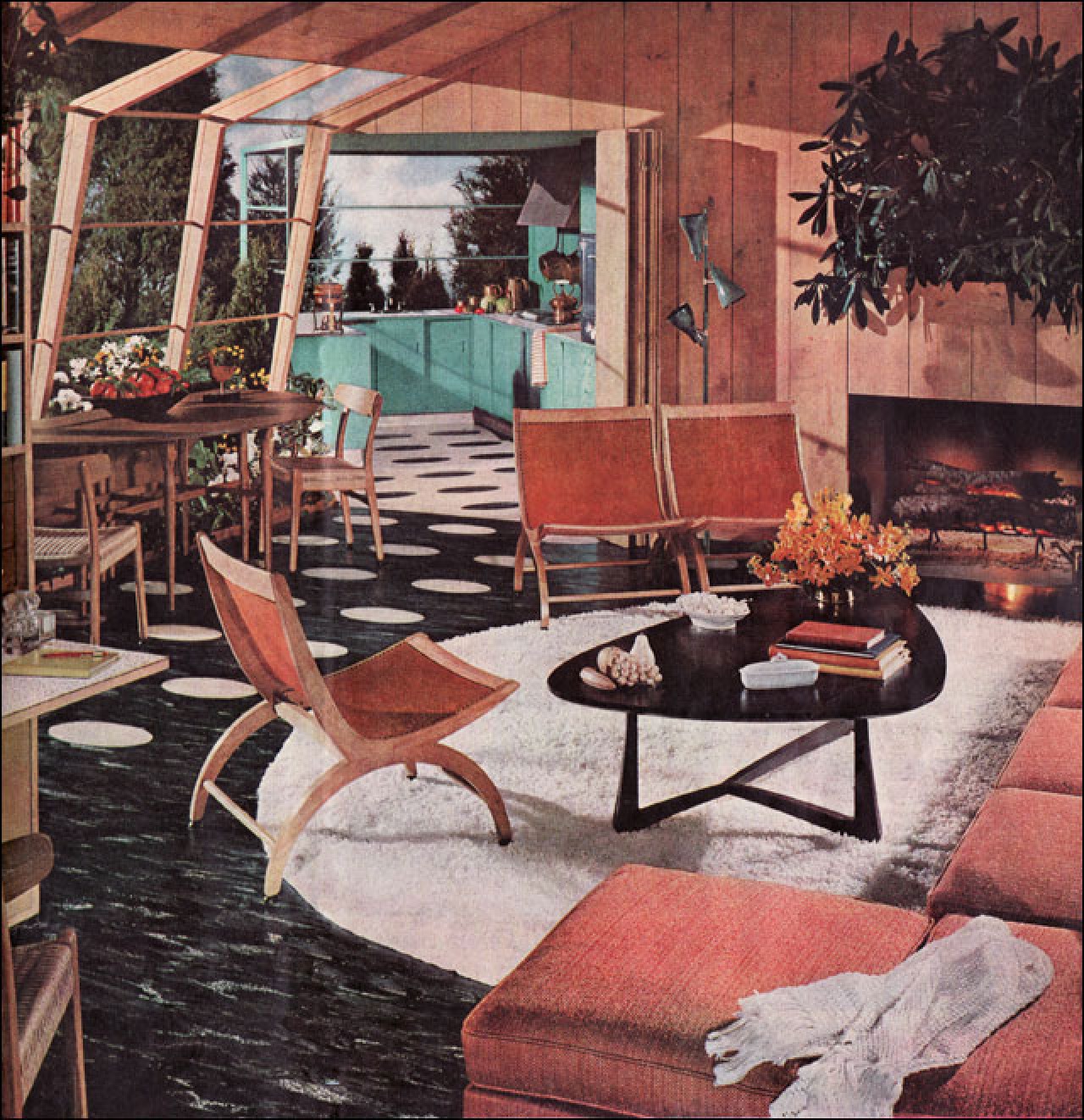Welcome to the vibrant world of Atomic Age decor! This unique style reflects a time of optimism and creativity that emerged after World War II. In this article, we’ll explore the defining characteristics of Atomic Age decor and how you can incorporate its energetic aesthetics into your own space.
What is Atomic Age Decor?
Atomic Age decor emerged in the mid-20th century, closely associated with the post-war boom in America. It was a time of innovation, inspiration, and a sense of limitless possibilities. You can recognize the Atomic Age by its bold colors, futuristic designs, and playful patterns that were reminiscent of the technological advancements of the era.
The Historical Context of Atomic Age Decor
The Atomic Age, spanning roughly from 1945 to the early 1960s, coincided with significant changes in American society, including the rise of suburbia, the baby boom, and new technologies like television and space exploration. These cultural shifts heavily influenced interior design, leading to the Atomic style.
Key Characteristics of Atomic Age Decor
Bold Colors and Patterns
Atomic Age decor is vibrant and often features a palette of bright colors like teal, orange, yellow, and pink. Patterns include starbursts, boomerangs, and abstract shapes that evoke a sense of playfulness.
Futuristic Materials
Furniture and decor from this era often utilized new materials like vinyl, plastic, and chrome. The use of these futuristic materials suggested an optimistic view toward modern life and technology.
Unique Furniture Designs
Curvy, asymmetrical furniture pieces with a focus on functionality and style defined Atomic Age interiors. Look for items like the famous Eames lounge chair or the iconic Saarinen tulip table.
Incorporating Atomic Age Decor into Your Home
Now that we understand what Atomic Age decor is, let’s delve into practical ways to bring this style into your home.

1. Start with the Color Palette
Choose bold colors that reflect the Atomic Age spirit. Consider painting your walls in a bright hue or adding colorful accents through decor.
2. Mix Old and New
Combine vintage Atomic Age pieces with modern furniture for a balanced look. This juxtaposition creates a dynamic and fresh environment.

3. Use Statement Lighting
Look for chandeliers or lamps that feature starburst designs or futuristic shapes. Lighting plays a crucial role in enhancing the ambiance of your Atomic Age-inspired space.
Pros and Cons of Atomic Age Decor
| Pros | Cons |
|---|---|
| Unique and vibrant aesthetic | Can be overwhelming if overdone |
| Reflects a sense of nostalgia | Finding authentic pieces can be challenging |
| Great for mixing with modern styles | Maintenance of vintage pieces may require extra care |

Atomic Age Decor vs. Mid-Century Modern Decor
While similar, Atomic Age decor and Mid-Century Modern decor have their distinctions. Here’s a comparison:
| Aspect | Atomic Age Decor | Mid-Century Modern Decor |
|---|---|---|
| Color Palette | Bright and bold | Earthy and muted |
| Shapes | Curvy and playful | Sleek and geometric |
| Materials | Vinyl, plastic, and chrome | Wood, metal, and glass |
| Time Period | Mid-1940s to early 1960s | Mid-1930s to mid-1960s |
Where to Find Atomic Age Decor
For those ready to dive into the world of Atomic Age decor, consider the following sources:
1. Thrift Stores and Flea Markets
These can be goldmines for vintage decor. Be prepared to hunt for unique finds!

2. Online Marketplaces
Websites like eBay, Etsy, and 1stDibs are fantastic places to discover authentic Atomic Age pieces.
3. Estate Sales
Attend local estate sales where you might find well-preserved items from the era.

FAQs about Atomic Age Decor
What are some iconic Atomic Age decor items?
Iconic items include starburst clocks, boomerang tables, and tulip chairs that defined the style.
How can I tell if a piece is authentic Atomic Age decor?
Look for labels from known designers of the era, materials typical of the time (like Formica), and distinctive shapes.

Can Atomic Age decor fit in small spaces?
Absolutely! Look for multifunctional pieces and lighter colors to make a space feel more open.